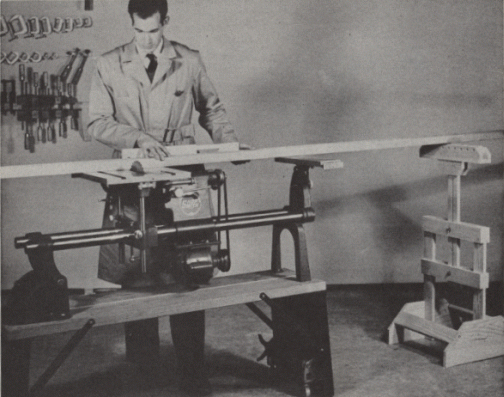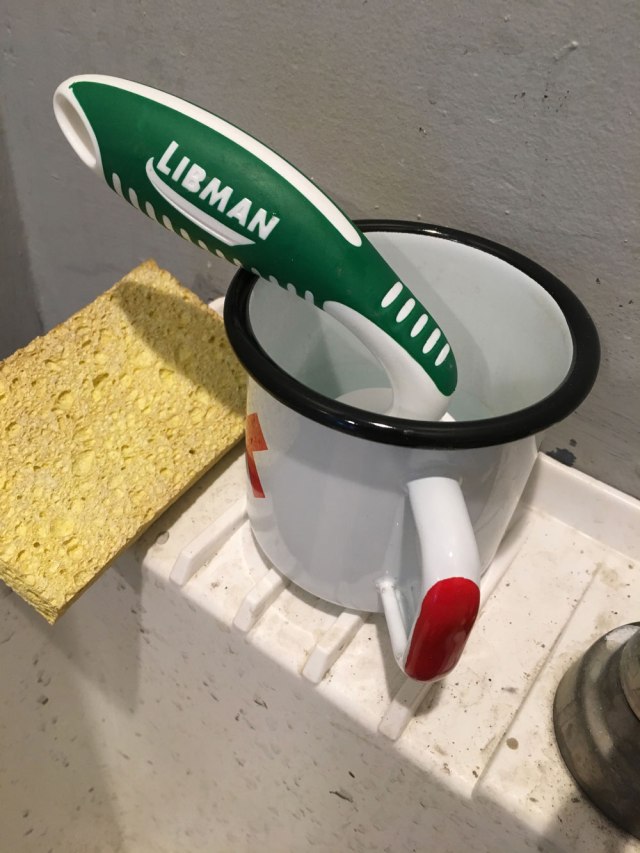An Old Woodworking Crank –

On Tuesday, for the first time ever, I felt my hand skills fade a bit.
I was chopping half-blind dovetail sockets and I could not get the tail board to lock smoothly and at 90°. I looked down and noticed my hands were trembling. Weird.
It could be that I’m still recovering from a nasty infection that cut me down at Handworks last month. Or that I have an iron or protein deficiency as a result. But at that moment, I thought that dovetailing had evaporated from my hands.
I sat down and thought of R.J. DeCristoforo.
One of the odd aspects of entering the woodworking magazine business in my 20s was that I became the editor for a lot of mature craftsmen. I watched them make the transition from a vibrant maker to someone who struggled at the bench and then turned his efforts to teaching or writing.
Some of them continued to explore the craft in ways that their abilities allowed. Woodworkers who were traditionalists allowed themselves to use more machines and power hand tools. Others explored aspects of furniture design or history. But they were always curious. Always looking to learn something more that could be passed on.
The majority, however, seemed to close up like a paper fan. They guarded the ideas, designs, tools and techniques they developed during their long and fruitful careers. They lashed out with letters at other woodworkers who stole, borrowed or adapted their ideas without due credit. They began writing the same column over and over, like it was a copy-and-paste job.
After observing this cycle a few times, I resolved to be R.J. DeCristoforo – or Cris as he preferred to be called. He was a poet (literally) who fell into writing and editing for a staggering number of magazines and books (almost 90 titles). His pioneering work in the radial-arm saw and Shopsmith practically launched those two machines into American garages and basements.
We might snigger today at those machines. But my second machine was a radial-arm saw, and at the time I thought it was way better than my coping saw. Yes, even for ripping.
Near the end of Cris’ life he wrote a column for Popular Woodworking called “Cris Cuts,” which was basically anything he wanted to write about. Even up to his last column he was dreaming up new and different ways to explain the craft to people like myself who weren’t qualified to buff shoes on his radial-arm saw (my grandfather had that attachment!).
And he still kept building right up to the end in 2000.
His wife, Mary, called to tell me the news and I cried at my desk. It’s not cool these days to list Cris as your woodworking hero. But he was mine. And he was my first. Not just for the way he wrote, but for the way he lived out his handmade life and avoided becoming the bitter woodworking crank that I fear I’ll become.
I can still hear him saying on the phone: “It’s Cris! from sunny California!”
This afternoon I took a friend’s advice and ordered a big bloody double cheeseburger for lunch – I don’t eat all that much meat, to be honest. Within about 30 minutes, I wanted a second crack at those dovetails.
— Christopher Schwarz




